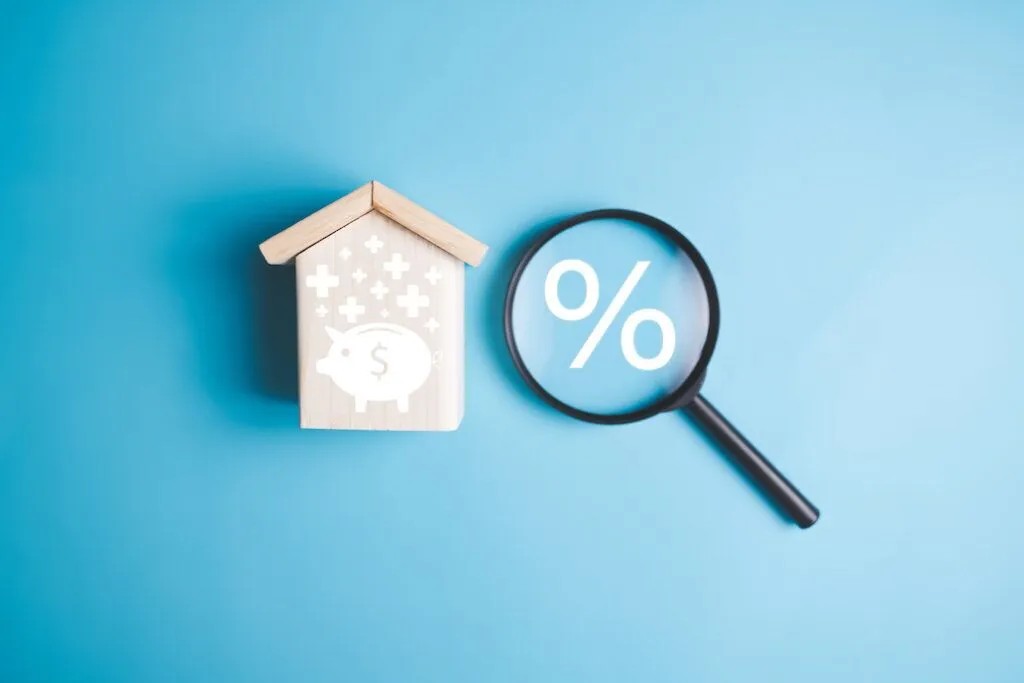
Refinancing is a chance to cut down your costs, gain some breathing room, or just make sure your mortgage actually lines up with your plans. But right away, you’ll face a classic choice: fixed rate or variable rate?
Each type of loan has its own benefits and disadvantages. Let’s break down what really matters when Brisbane homeowners are weighing up fixed vs variable refinance options.
Why do People in Brisbane refinance?
- Chasing lower rates to shrink their monthly repayments
- Changing from variable to fixed (or the other way around)
- Pulling out some equity for renovations or investments
- Rolling all their debts into one neat payment
- Changing the loan term—maybe to pay off the place faster or to lower the repayments
Fixed Rate Refinance: Lock It In
Go with a fixed-rate refinance, and you lock your interest rate for a set stretch—usually 1 to 5 years. Your repayments stay the same, no matter what the market does. You can also consult with home loan refinancing experts in Brisbane.
Why do people like fixed rates:
- You always know your monthly payment. Budgeting gets way less stressful.
- If interest rates shoot up, you’re safe—your payment won’t budge.
The Risks are described below:
- Not much wiggle room. Throw in extra repayments or exit early, and you could get hit with penalties.
- If rates drop, too bad—you miss out on those savings.
Variable Rate Refinance: Go With the Flow
Variable rate refinance means your interest rate can move up or down over time, depending on what’s happening in the economy and what the Reserve Bank of Australia decides.
What’s good about variable rates:
- If interest rates fall, so do your repayments. More money in your pocket.
- You can usually make extra repayments whenever you want, without getting stung.
- Most variable loans come with redraw or offset features—handy for saving on interest.
- Switching lenders or products is usually a breeze, with no big break fees.
But there’s a flip side:
- If rates go up, your repayments will too.
- Budgeting gets trickier when you can’t predict your payments.
- Some people find the uncertainty pretty stressful.
Split Loans: Mixing It Up
With a split refinance, you don’t have to choose sides. Maybe you fix 60% of your loan and keep the other 40% variable.
What’s the upside?
- The fixed chunk shields you if rates rise.
- The variable portion means you can make extra repayments and use redraw facilities.
- It’s a balanced approach—less risk, but you still get some benefits if rates drop.
A lot of Brisbane homeowners take this path, especially when nobody really knows which way interest rates are headed.
Conclusion
When it comes to refinancing in Brisbane, there’s no one-size-fits-all answer. A fixed-rate refinance offers mental freedom and strength, while a changeable-rate refinance supports elasticity and the chance to take advantage of market changes.
If you’re insecure, a split loan can present you with the high-quality of both worlds—offering balance and protection. But the choice completely depends on you. So, hurry up! Find a top-rated mortgage broker near Brisbane now.






